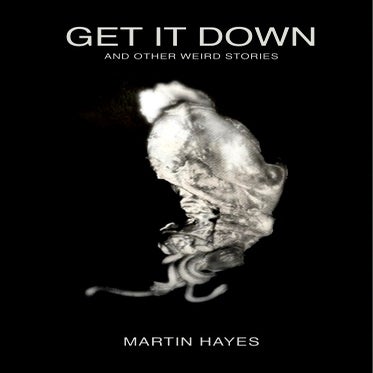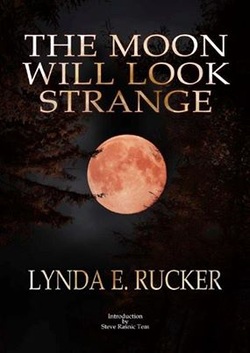The premise is simple. A young Anglo-Irish couple return to the husband's home village because life in London has become unbearable following the death of their daughter two years' earlier. Samantha Morton's character, Martha, is now heavily pregnant again. She and Tomas (Steven Mackintosh) move into a house outside the village, near the cliffs, and discover they have some rather odd neighbours. There's Sean Cryan (the excellent David Bradley), a cantankerous Auld Fella who lives in a tumbledown shack. Then there are the Gahans, a young couple with two children. Their oldest, Daisy, seems troubled, perhaps autistic, but from the start she forms a bond with Martha.
The film is well-crafted in terms of the script and visuals, and the on-screen talent is impressive. It's also somewhat surprising in its approach to the supernatural. I assumed that, at first, we'd be left in some doubt as to Cryan's insistence that Daisy is a changeling with dangerous powers. Instead the viewer is left in no doubt at all that she is not a normal human being, if she's human at all. An early scene in which she kills a troublesome social worker is quite emphatic about this. And that's not the first corpse by any means - there is quite a high death toll for a film that clearly sought to avoid any hint of schlockiness.
Given that we know what Daisy is, one might expect a certain loss of tension. But instead the effect is rather like that of the famous Twilight Zone episode based on Jerome Bixby's 'It's a Good Life!' - you find yourself anticipating, with eager dread, what evil trick the girl will do next. The twist, of course, is that at first only a few 'superstitious' locals believe that the little girl who likes wearing toy fairy wings is the real deal. Martha sees nothing but a troubled child and is determined to adopt Daisy when the other Gahans all die in odd circumstances. When, we ask ourselves, will she realise what's really going on? Suffice to say that the revelation comes far too late for Martha and Tomas.
I suspect some will see this film as an interesting failure - not quite a proper 'BBC drama', but not disturbing enough for the horror brigade. For me it worked rather well, stressing the the casual violence of which very ordinary children are capable, the often dangerous fantasies that adults project onto youngsters, and above all the capacity we have to ignore the obvious when it doesn't fit our world-view. Samantha Morton is excellent in the demanding central role, and as Daisy young Mhairi Anderson is very convincing, offering a solid example of 'less is more' acting. And you know what? Fairies are creepy, and no amount of Disney rehabilitation can hide that.


















